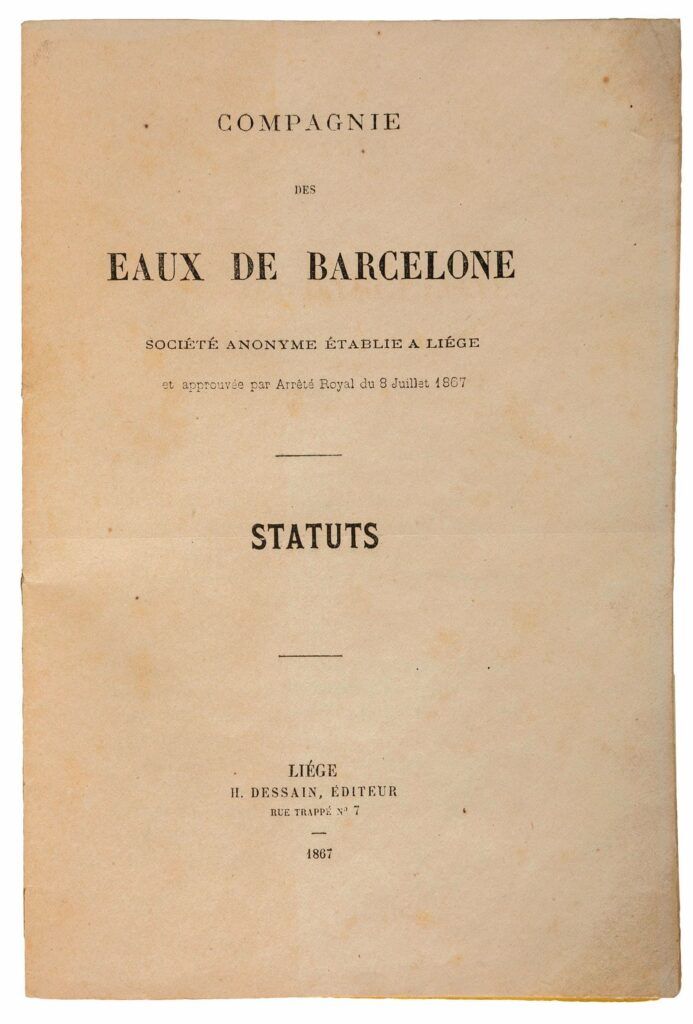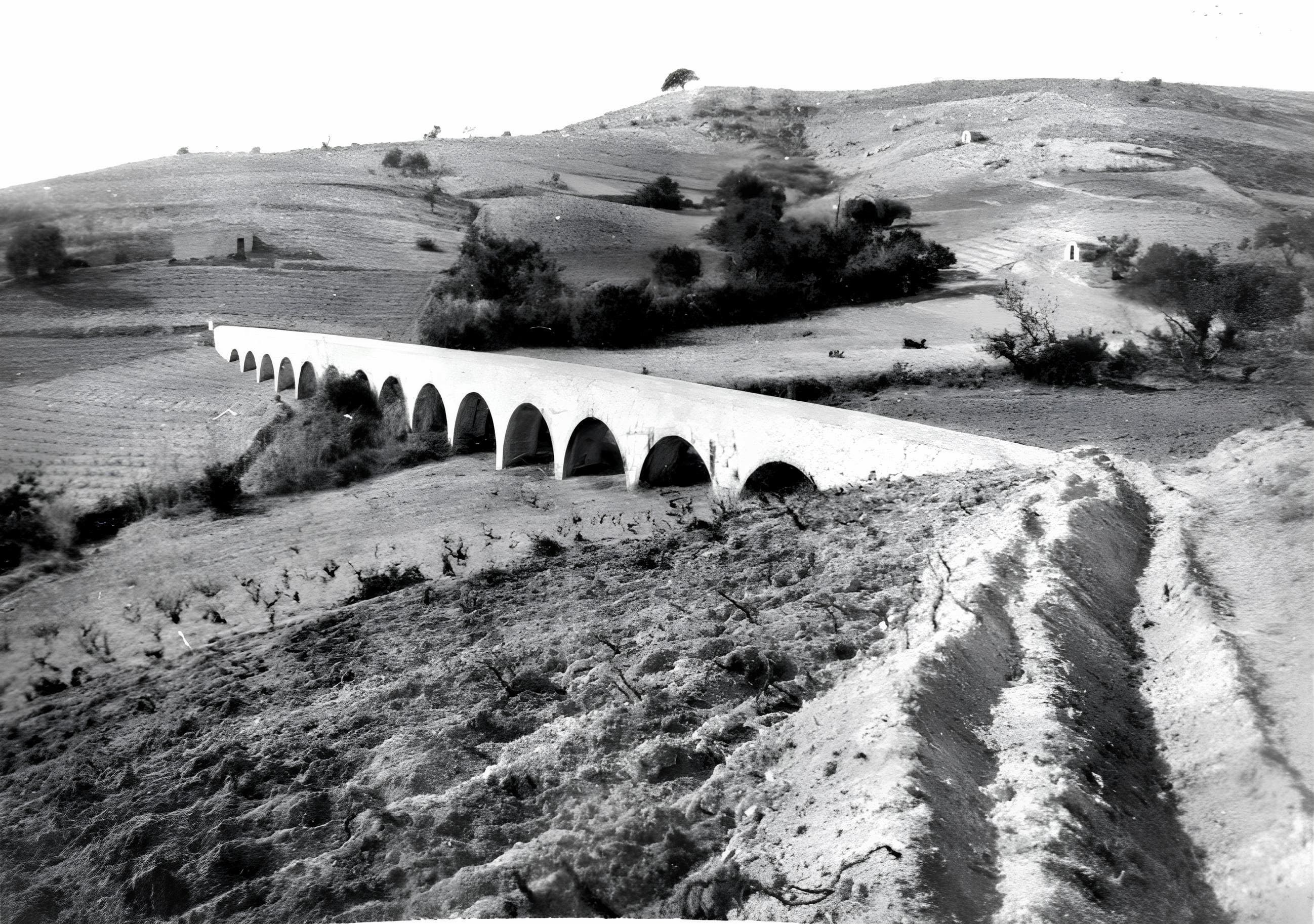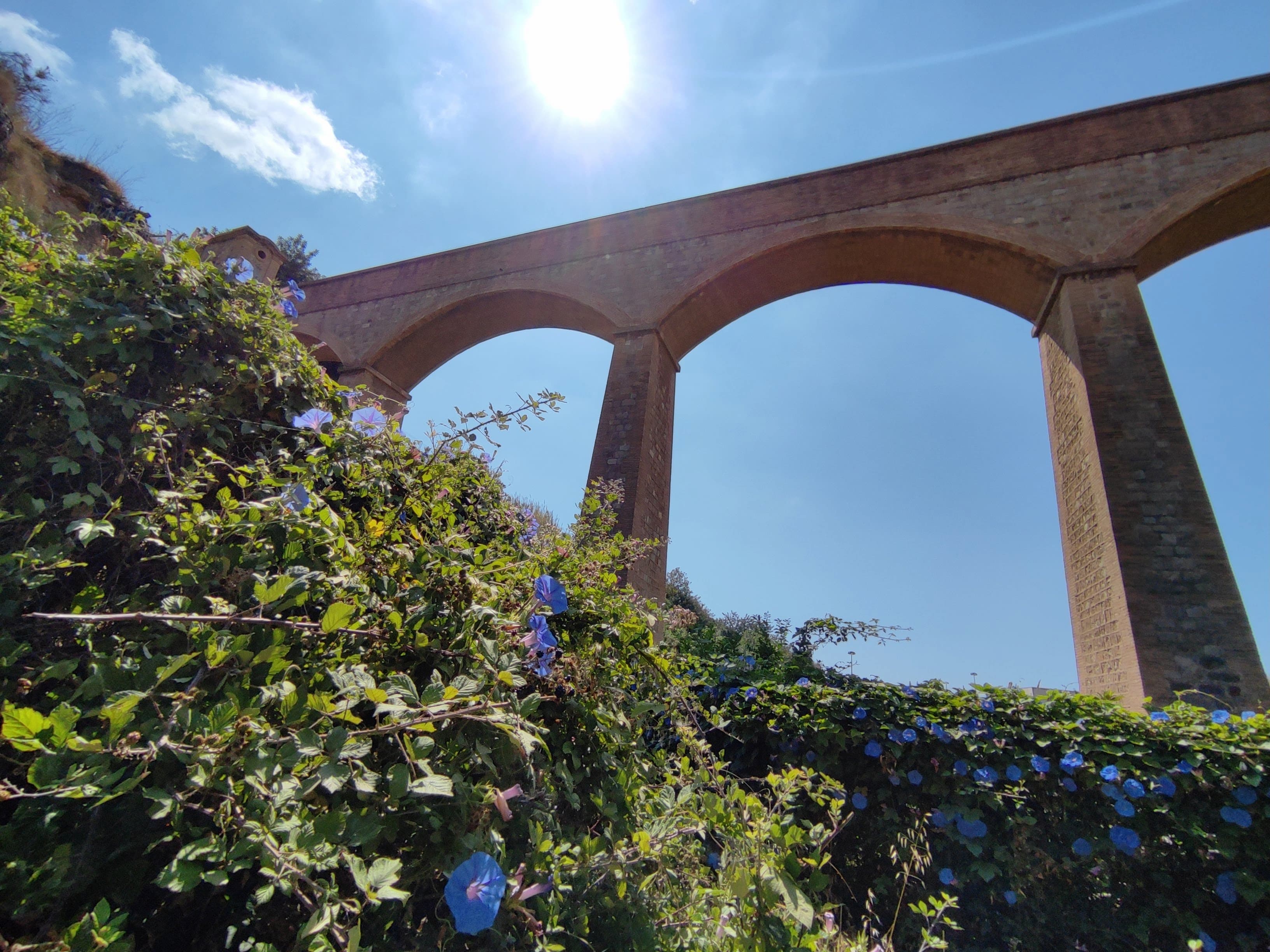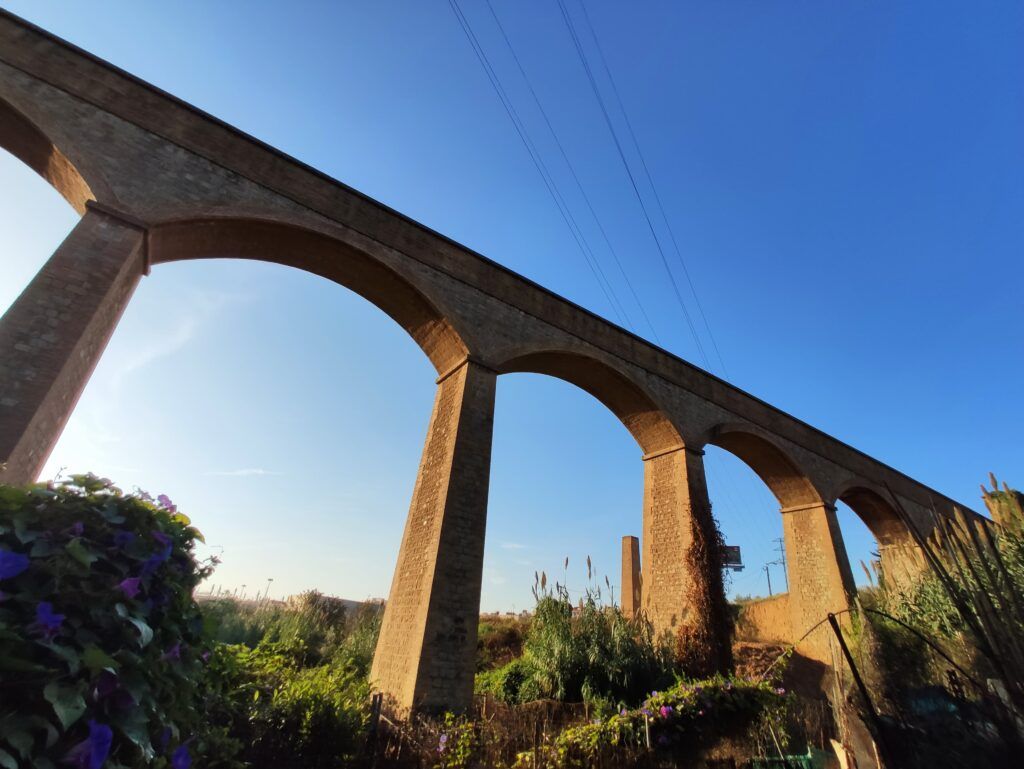The Industrial Heritage of Water: How tap water reached our homes
A look at the testimonies of that technical and scientific revolution that would bring tap water to our homes.
The deployment of the entire water supply infrastructure, of a profoundly transformative and revolutionary nature, would change people’s quality of life forever.


It is a qualitative leap that is part of the Industrial Revolution. In a context of innovation, economic take-off and demographic growth, but also of overcrowding of the urban population.
Of architectural and engineering value, over the years water infrastructures have taken on historical meaning and heritage value. “It is the expression of the immense intellectual, financial and technological effort made during the nineteenth and early twentieth centuries” (James Douet, 2018)
Of architectural and engineering value, over the years water infrastructures have taken on historical meaning and heritage value. “It is the expression of the immense intellectual, financial and technological effort made during the nineteenth and early twentieth centuries” (James Douet, 2018)
The dynamism of the time encouraged the emergence of initiatives to create new water supply systems, taking advantage of the impetus provided by the scientific and technological advances produced during the Industrial Revolution.
Demographic growth and immigration to the big cities caused an exponential increase in demand. With innovative contributions from hydraulic engineering, such as modern arch dams, reservoirs were created with sufficient capacity to supply water to entire neighborhoods.


In the case of Barcelona, in 1867 the Compagnie des Eaux de Barcelona in Liège was formed, which would complete the project of supplying it from Dosrius to Barcelona’s Eixample.
Built between 1867 and 1871, the Dosrius aqueduct was the first major engineering project undertaken by the Compagnie des Eaux de Barcelona to supply water to the Catalan capital.
The industrialized implementation of the service has been a highly transformative process, to the point of being known as the water revolution. A path that began at the end of the nineteenth century and would last until the 1960s due to the Civil War and the post-war period.
The industrial heritage of water in Catalonia is abundant in richness and diversity and is scattered throughout the territory. Knowing and preserving it helps us to better understand our history and preserve our identity.










